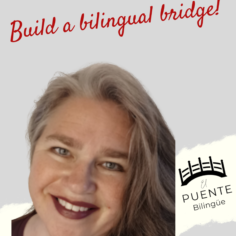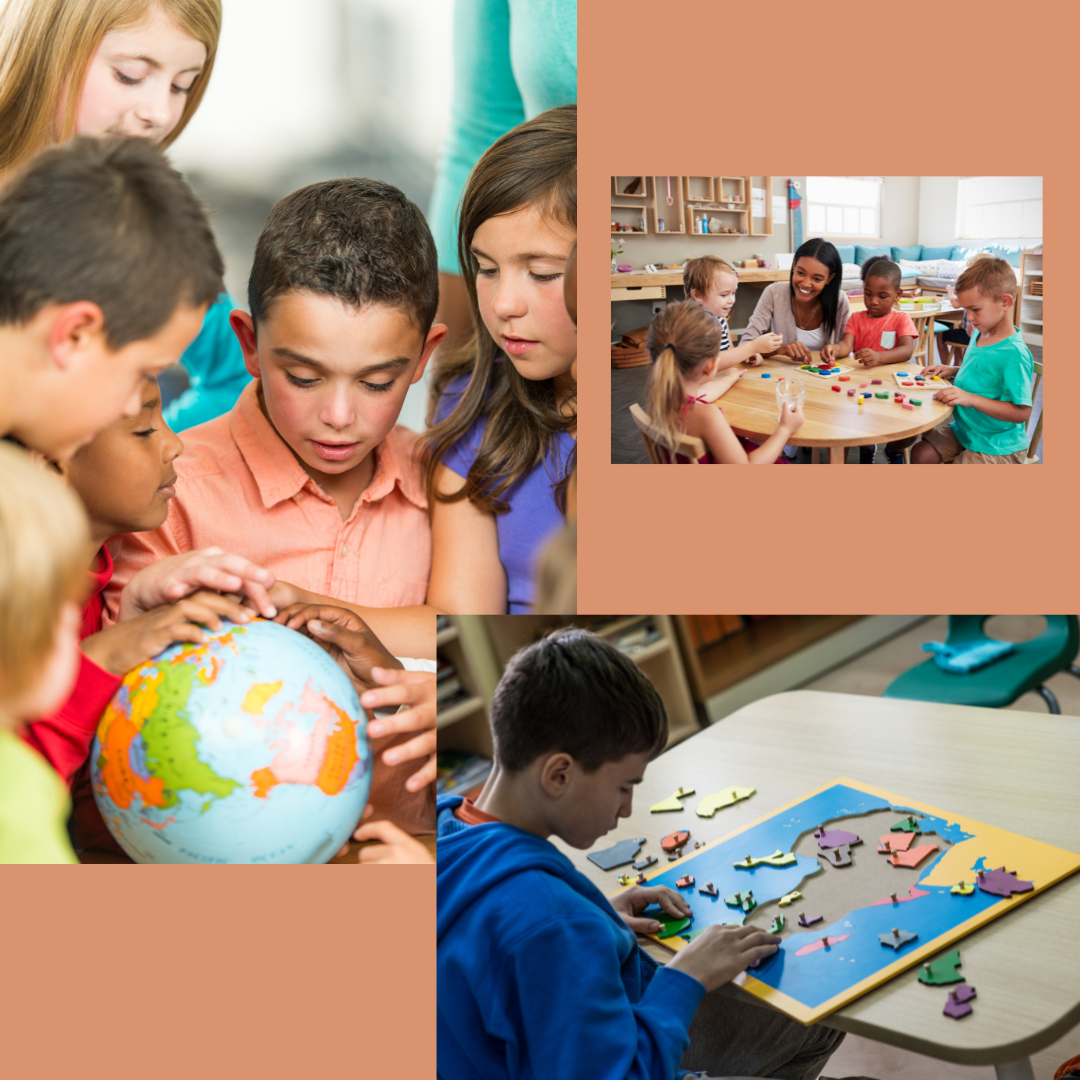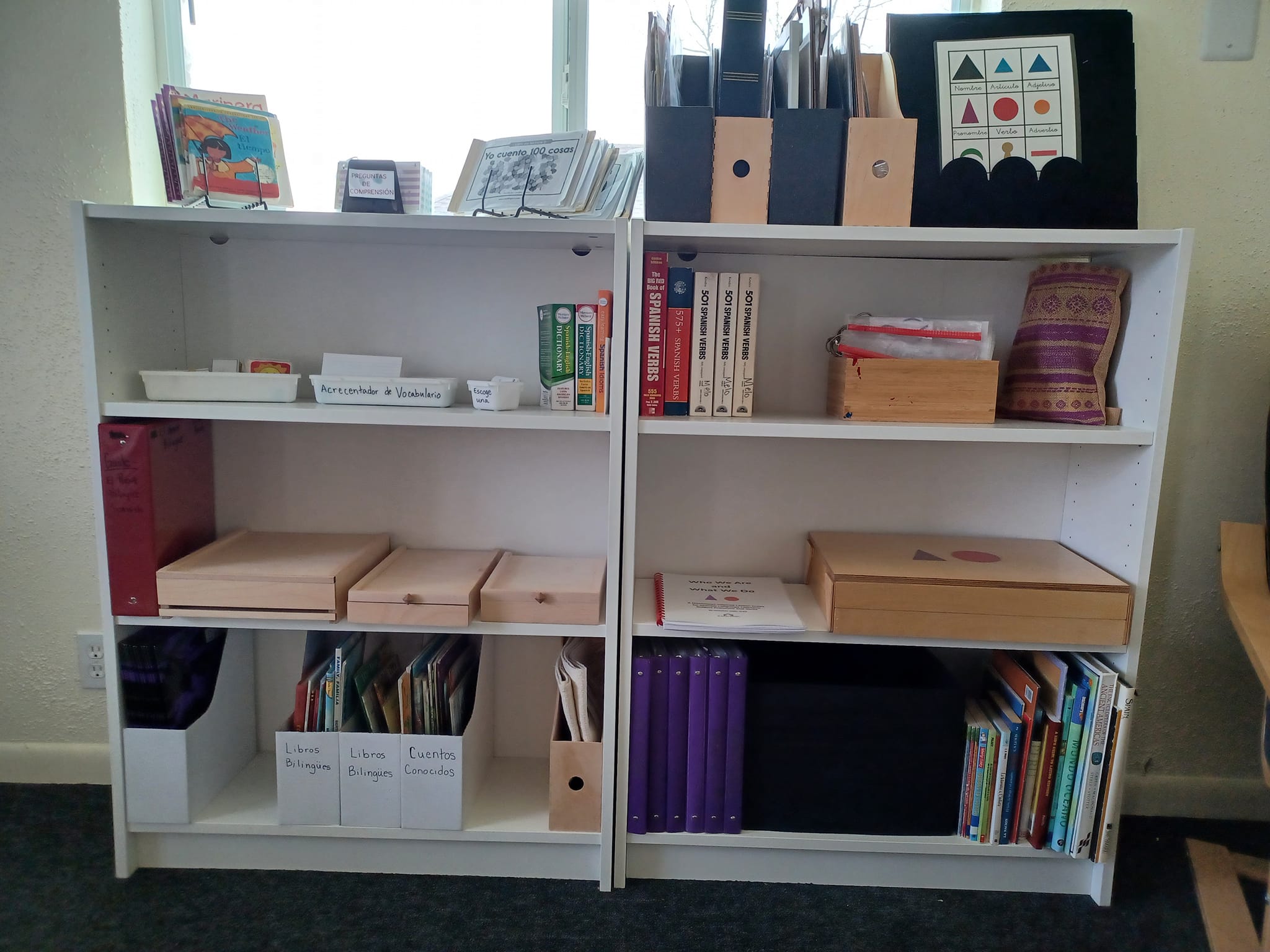This might be a very unpopular post… or not.
What is a teacher? Someone who bestows information onto others? A person who helps someone learn? Most training nowadays urges teachers to not be the “sage on the stage” and to make lessons learner-focused, and rightly so.

Something I really love about Montessori, among many things, is that the adults in the classrooms are known as guides rather than teachers. This is because the idea behind Montessori is that the adult facilitates the learning through individualized and small group guidance rather than presenting one sized fits all lessons and sending every child to perform the same tasks. They still teach, but the lessons allow for more individualized paths of learning.
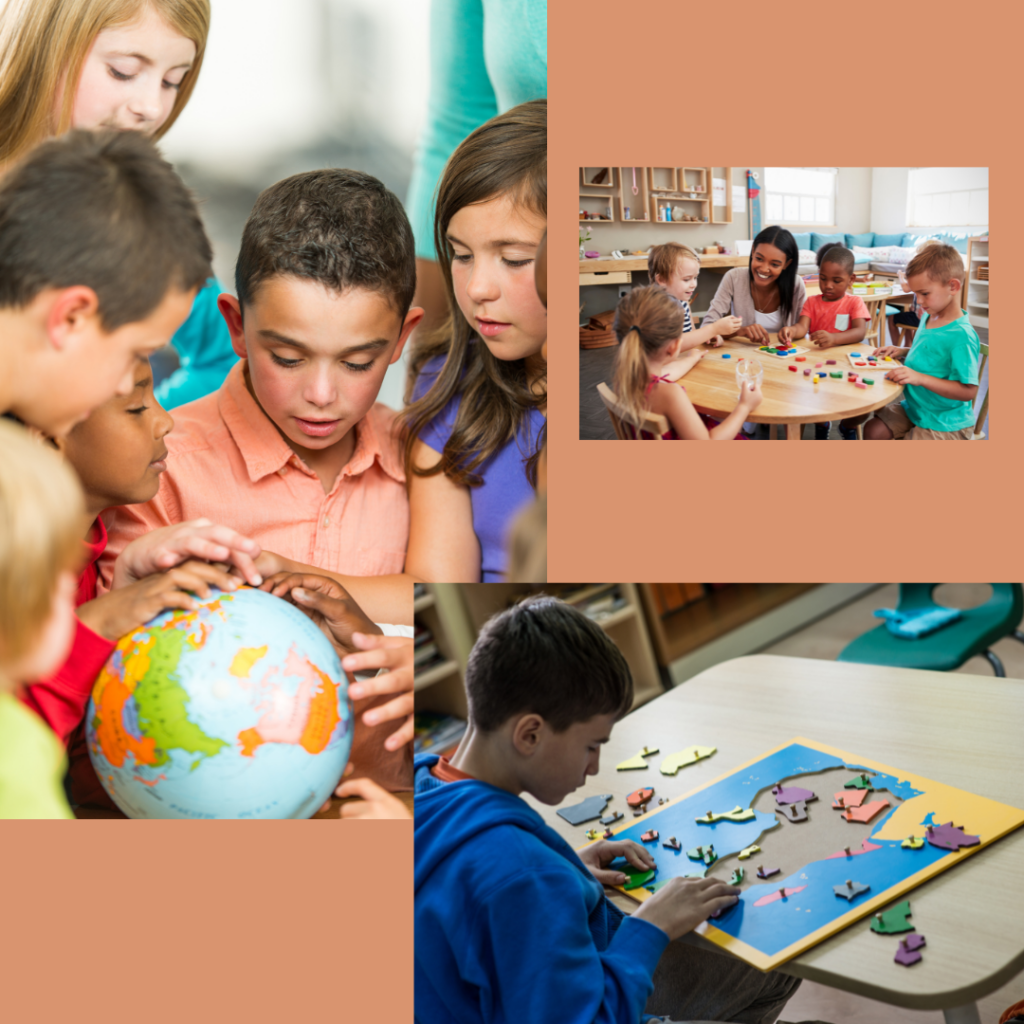
Questions and research are encouraged in a Montessori environment, and each student will likely have their own set of wonderings. Sometimes the child or a group of children will go off on what some may consider to be a tangent, but many times those tangents result in some really amazing, deep learning experiences. What can end up happening in these cases is that the adult learns alongside the children.
It takes a certain level of vulnerability and humility to allow oneself to be known as a lifelong learner, even among one’s own students. But that is how magic can happen for everyone. I witnessed and experienced this first hand when I worked in a Montessori school. Later, while teaching Spanish at an International Baccalaureate school, there were times when I reminded my students in my classroom that I was a lifelong Spanish language learner. These were empowering moments for all of us. Learning can and does happen through mistakes, trial and error, and curiosity.

This leads me to the question in the title of this post. Spanish can be taught in Montessori classrooms in student-focused ways. In fact, you can actually learn a new language as you guide your students, if you have the right tools. To make and even bolder statement (especially since I am a Spanish teacher), I think that elementary Montessori schools could offer a second language, whether they have a language teacher or not. This, of course, depends upon the teacher and their own desires and interests when it comes to language learning.
Before I go any further, I want to say that it is absolutely preferential and ideal to have a Spanish teacher who is fluent in Spanish present the language to students. This way they can benefit from more authentic speaking and listening opportunities and be guided by someone who is knowledgeable in the language and in culture as well. Also, learners would not have to rely solely on self-correction and would have someone with authority in the language to assist them.
What I am proposing is that it doesn’t have to be an all or nothing situation. An elementary school could, in theory, include Spanish in their repertoire even if the teacher is not a Spanish speaker. However, in order to do so, the school would have to hold fast to the philosophy that it is not only okay, but it can be beneficial, to allow adults to learn alongside one’s students sometimes.

The good news for the Montessori community is that they have already accomplished this, at least in theory. As mentioned earlier, in Montessori, teachers are guides. So, why not include Spanish in one’s learning environment?
Well…two reasons:
- The Spanish material available is mostly written with Spanish teachers in mind. This means the teacher has to have some level of fluency and they are typically licensed to teach the content. Also, there are very few Spanish language learning materials in Montessori, and the ones that are out there don’t go beyond nomenclature cards.
- Guides feel intimidated because they may hold limited knowledge of the language.
Let’s change that.
Let’s be bold and bring Spanish into Montessori classrooms in such a way that it is not just an after school activity, and that does not necessarily require a teacher who already has strong Spanish language skills.
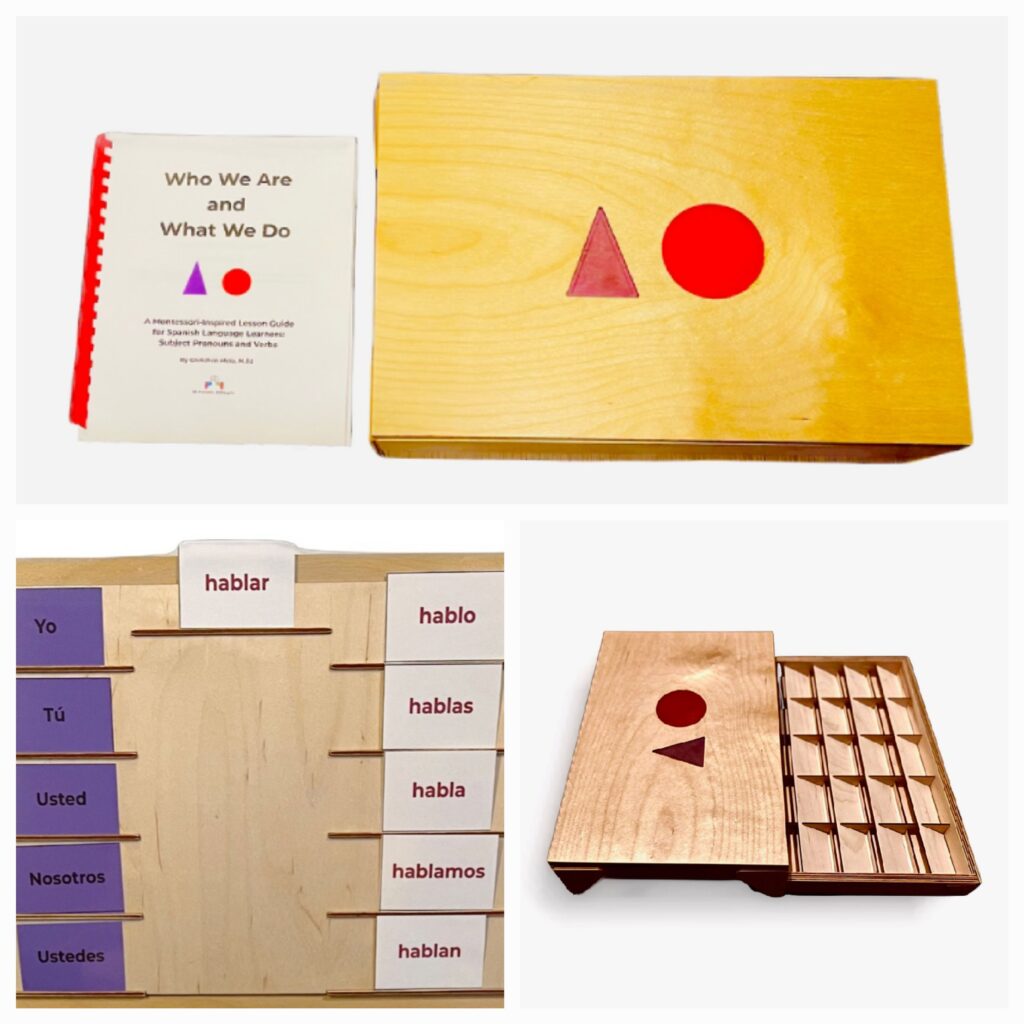
The Montessori-inspired materials that I have created with El Puente Bilingüe are beginner Spanish materials with lesson guidebooks (for guides) written in such a way that a guide with a solid grasp on English grammar and who has studied the most basic levels of Spanish could follow along, teach, and learn alongside one’s students.
Last fall, we finished the upper elementary/middle school materials. To learn more about them, check out my store. We are making some improvements to the boxes, and we are putting the finishing touches on the prerequisite materials, which can be used for lower elementary students or older. I am using them now, and began sharing about this journey last week. All of the materials will be available for purchase over the summer of 2023, along with materials and videos on how to use them.
To learn more about these materials, as well as the research and philosophy behind my materials, check out this blog entry, complete with videos that discuss Spanish language learning approaches for elementary students, whether in a conventional or a Montessori setting.
Still not comfortable enough with your Spanish to try doing this? Why not build or rebuild your skills? I also have a course as well as an ebook (not Montessori but they work like a charm) that will help you get the basics down before you present lessons! They can work alone or separately. Check them out here.
Interested in becoming a pilot classroom with El Puente Bilingüe, Montessori-inspired materials? Reach out to me! We can work out an arrangement for the 2023/24 school year that fits your needs. My email address is puentebilingue@gmail.com. I can also be reached through social media on Facebook or LInkedIn.

All photos in this post are my own, or were provided by Canva and do not violate any privacy regulations.
